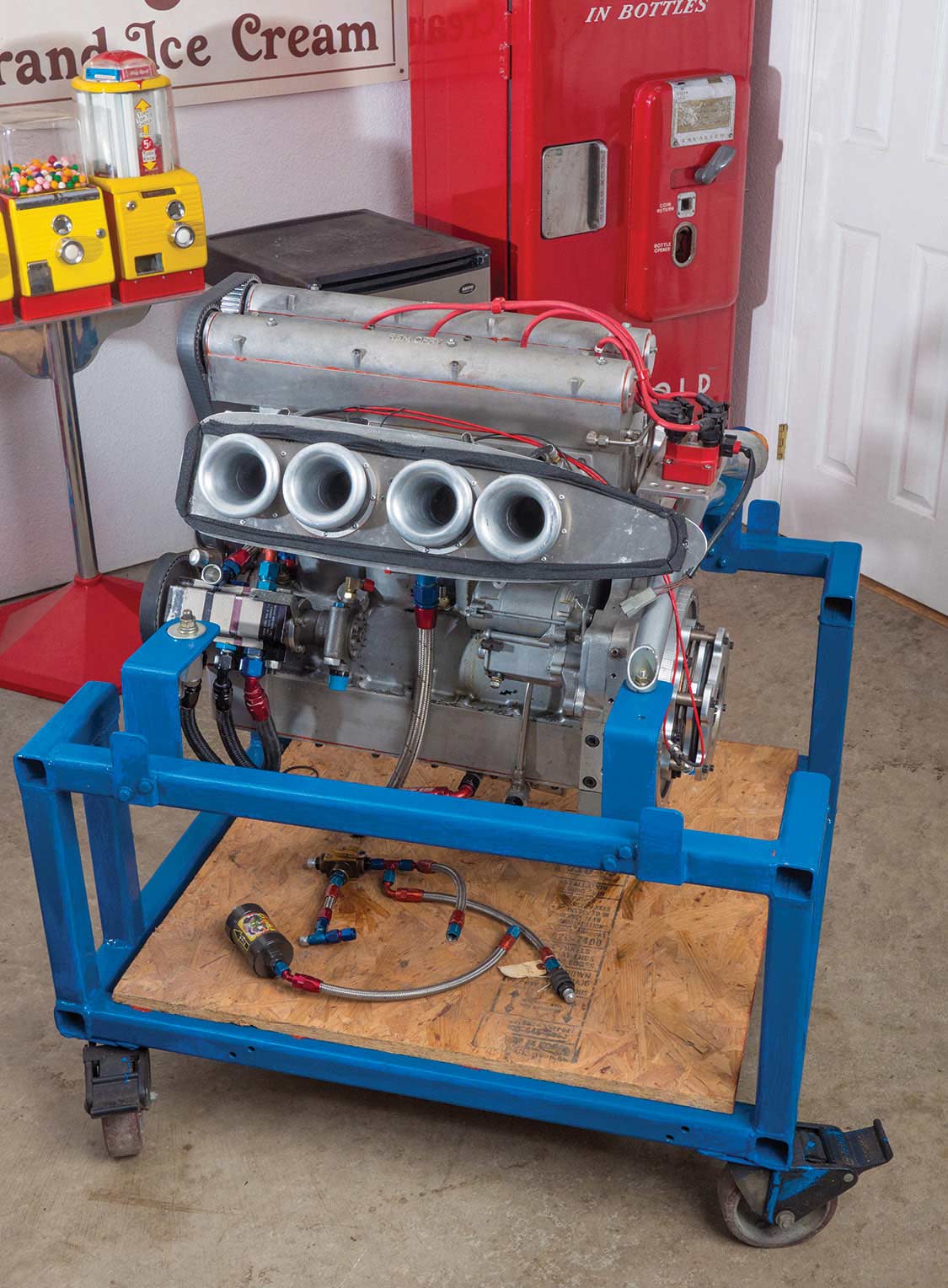ALAN GALBRAITH August 12, 2022 All Feature Vehicles
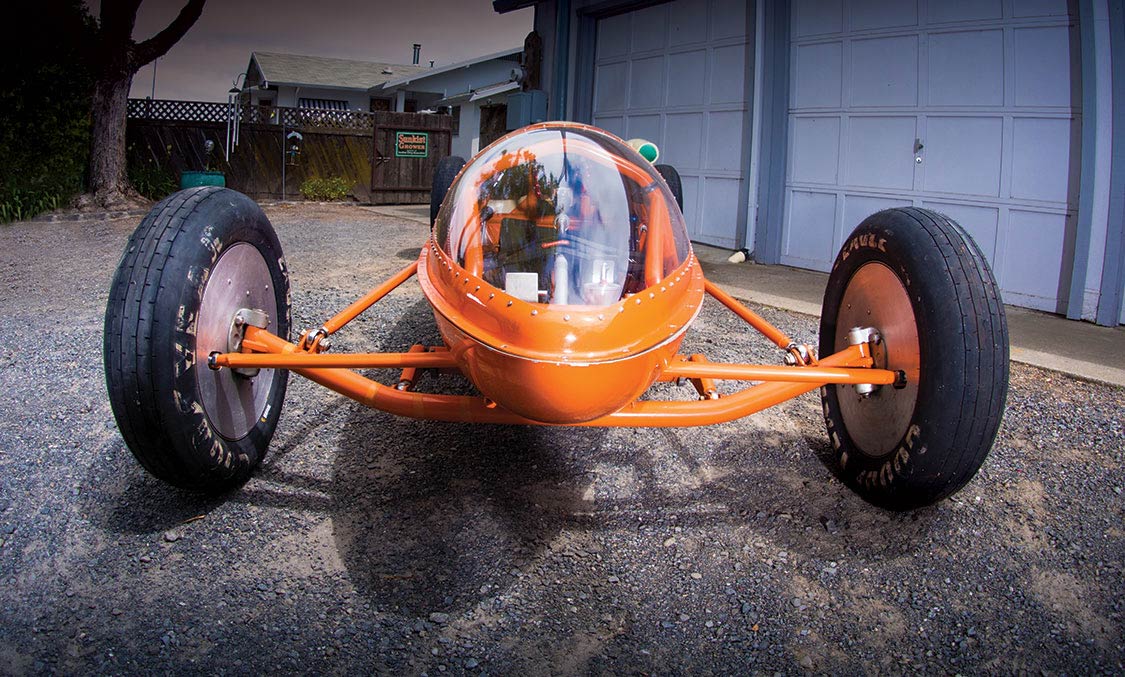
After spending high school summers working on his uncle’s farm and learning the ins and outs of repairing machinery, Steve Nelson bought his first car, a Ford Model T, at age 16 in 1958. A job at an auto parts store soon followed, and a friendly machinist at the shop taught him the tricks of his trade when Steve wasn’t stocking shelves or sweeping floors. A life-long love of all things automotive and hot rods in particular was born.
Throughout the decades, Steve has owned many hot rods and always read about land speed racing at Bonneville in automotive magazines. In 1999, a friend was running a vintage lakester at Muroc dry lake bed and invited Steve along to try it out. One pass and Steve was hooked. The two friends took the ’64 vintage lakester to Bonneville that summer and came within 4 mph of the 231-mph record in the E/Gas lakester class running a destroked 283 Chevy V-8 displacing 258 ci. The two chased that record for a few years, blowing up engines, learning a ton each time and generally having a ball racing on the salt. After Steve’s friend chose to retire the vintage lakester, Steve knew he had to build his own.
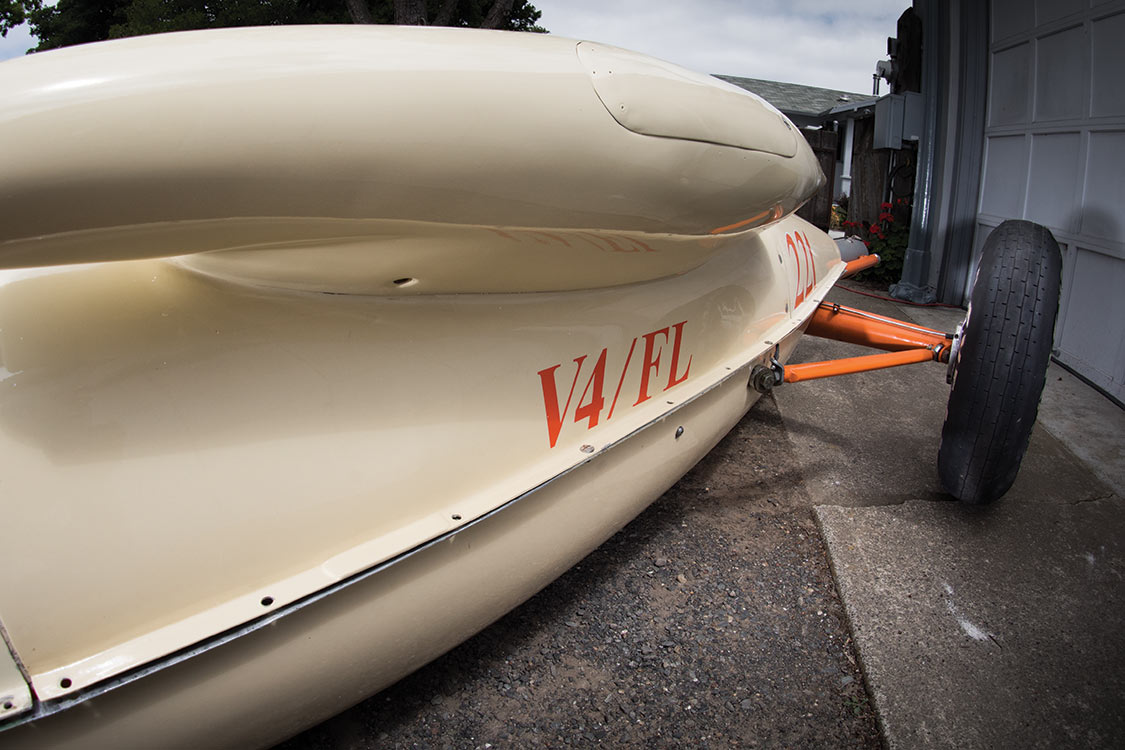
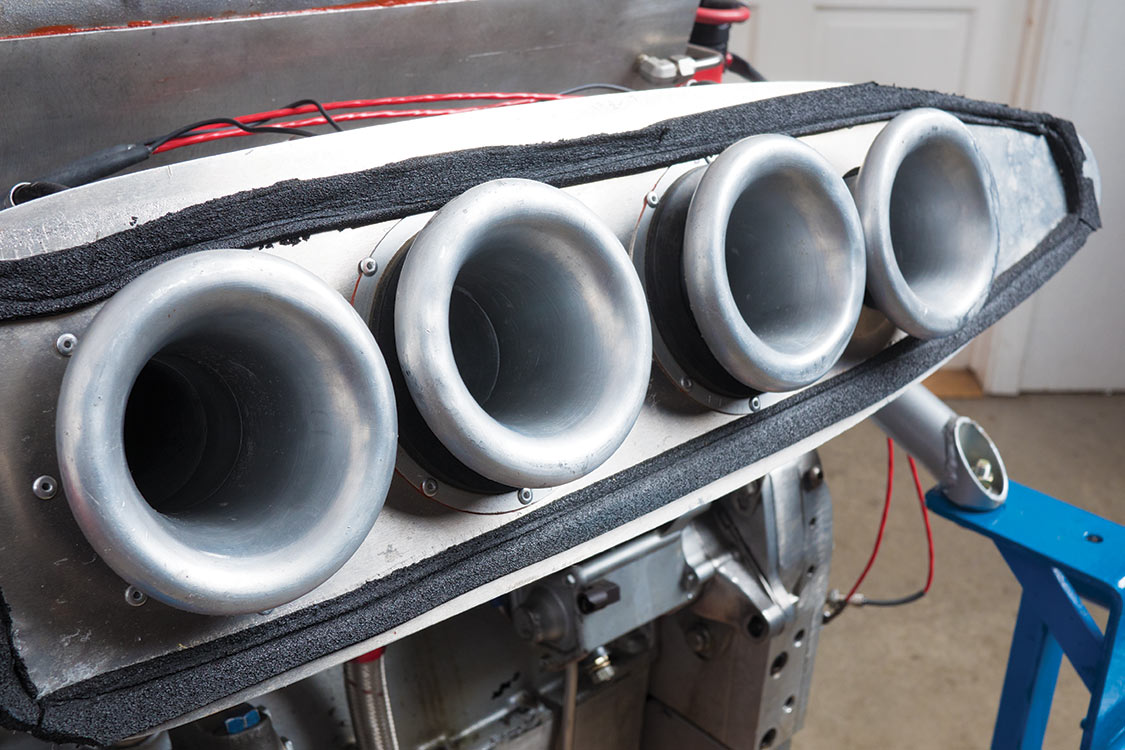
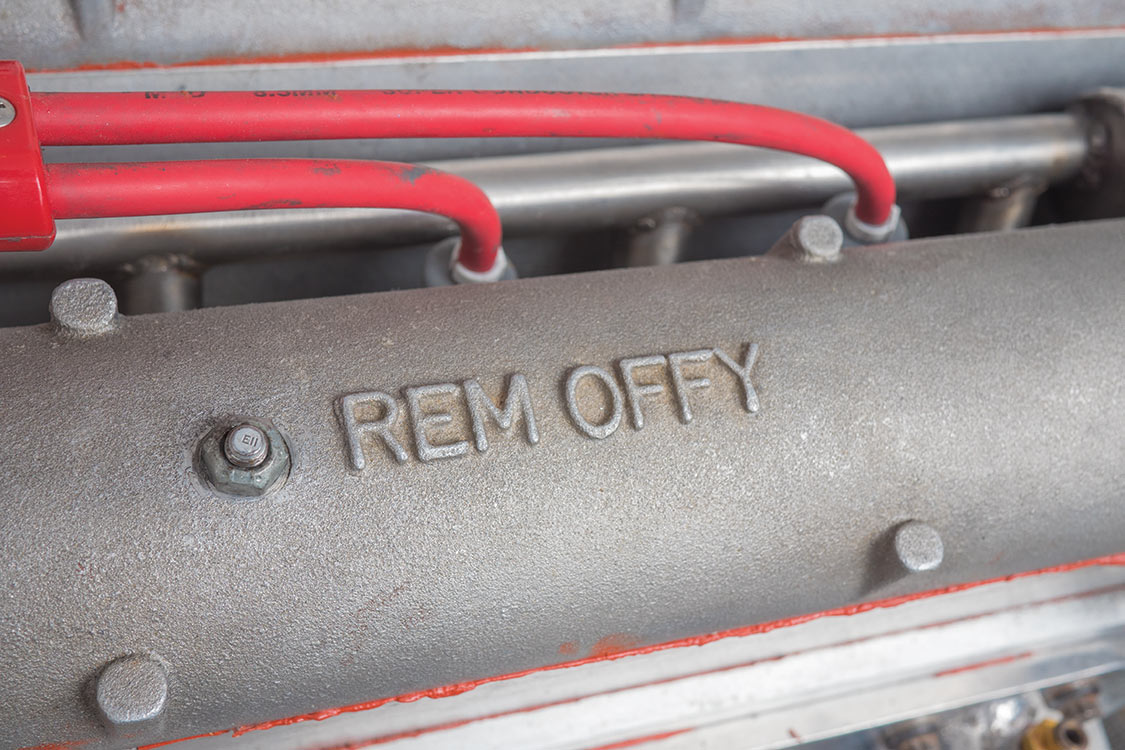
It just so happened that Steve’s wife knew a coworker with a couple of HU-16 Grumman Albatross 300-gallon wing tanks sitting in his backyard. Family and work had quashed the coworker’s dreams of building his own lakester, so he passed them along to Steve, who quickly set to work cutting them open and making a fiberglass copy of the tanks to aid in prototyping his lakester. Throughout the years, Steve had retained an affinity for Model Ts and found a willing cohort for the lakester project in the guise of fellow Model T club member George Olson. A local legend in the San Francisco Bay area, George had built surfboards in Santa Cruz, California in the ’60s, designed one of the fastest sailboats on the water, the Olson 30 in the ’70s, and was designing roller coaster cars in the early ’00s. With George’s skills using a CAD design program, he and Steve developed the chassis for the lakester to accommodate a Chevy V-8 engine and Steve’s 6-foot 3-inch frame.
The chassis plans finalized, they were turned over to G&B Iron Works in Petaluma, California, where Don German, a long-time Trophy Truck fabricator and racer, using the fiberglass copies, brought them to life. To keep the lakester just barely off the salt, a Model A-style front suspension was mated to cut-down VW torsion rods and capped off with 1946 Ford spindles up front, while a Halibrand V-8 quickchange center section mated to 1946 Ford axle housings was hard-mounted to the chassis out back. Goodyear Land Speed Racing tires were wrapped around steel wheels to complete the rolling stock, and Steve brought the project home to fit the body and drivetrain.
Family and work had quashed the coworker’s dreams of building his own Lakester, so he passed them along to Steve, who quickly set to work cutting them open and making a fiberglass copy of the tanks to aid in prototyping his Lakester.



The rearend was fitted with a solid spool center section and 28-spline Ford 9-inch axles. While the chassis was originally designed with a Chevy V-8 in mind, Steve’s love for older design, four-cylinder engines soon took over. He had heard about a rare DOHC conversion that had been built for a 1932 Ford Model B engine by Robert E. McKinney from Paso Robles, California. Another Model T club member, Phil Andrews, had acquired one of the 20 or so constructed engines to power an unfinished drag car project and passed the engine along to Steve for his lakester. The Hemi head design sported nearly 2-inch valves set at 15 degrees to the centerline of the domed 14:1 fly-cut Ross pistons. The two valves per cylinder are actuated by custom-cut billet steel, belt driven, dual overhead cams. On the bottom end, a Kong Jackson 5 main bearing, inset bearing girdle keeps the SCAT crank firmly in place. The revised four-banger inhales a mixture of alcohol and air through a mechanical fuel-injection system and exhales through a custom-designed header. A dry sump system keeps the engine compact enough to fit in the one-time aircraft fuel tank. A Tex T101 straight cut gear four-speed transmission once used in NASCAR was sourced from eBay to transmit the power to the rearend.


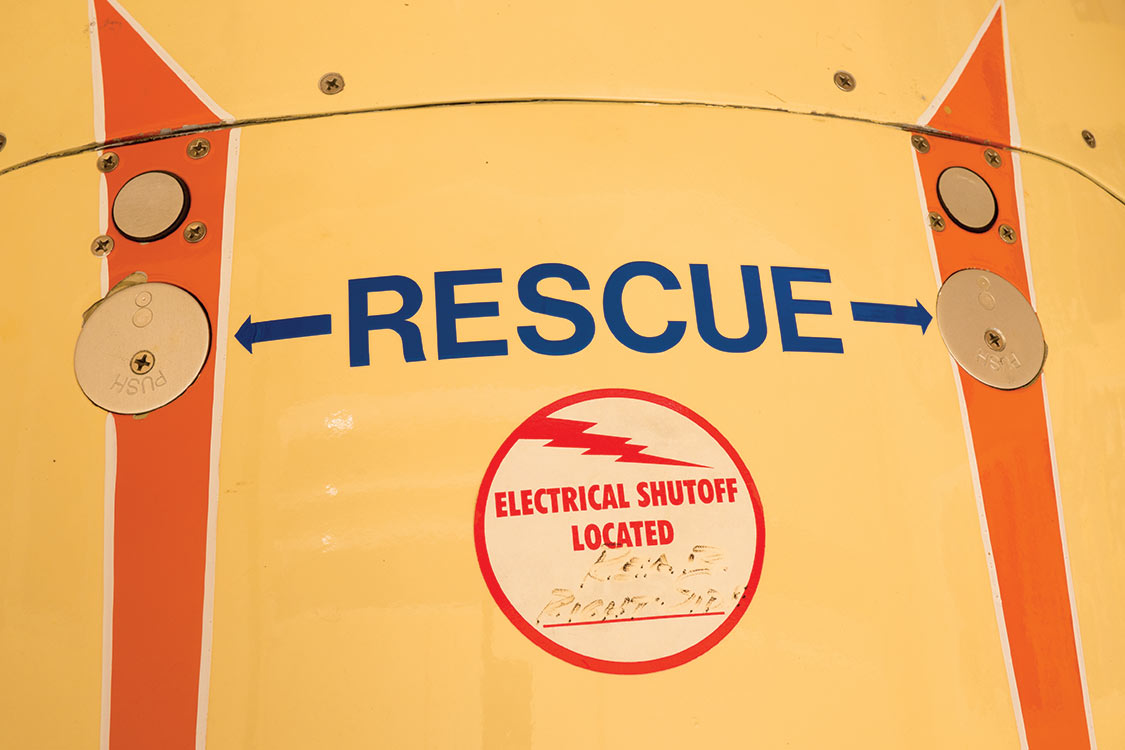
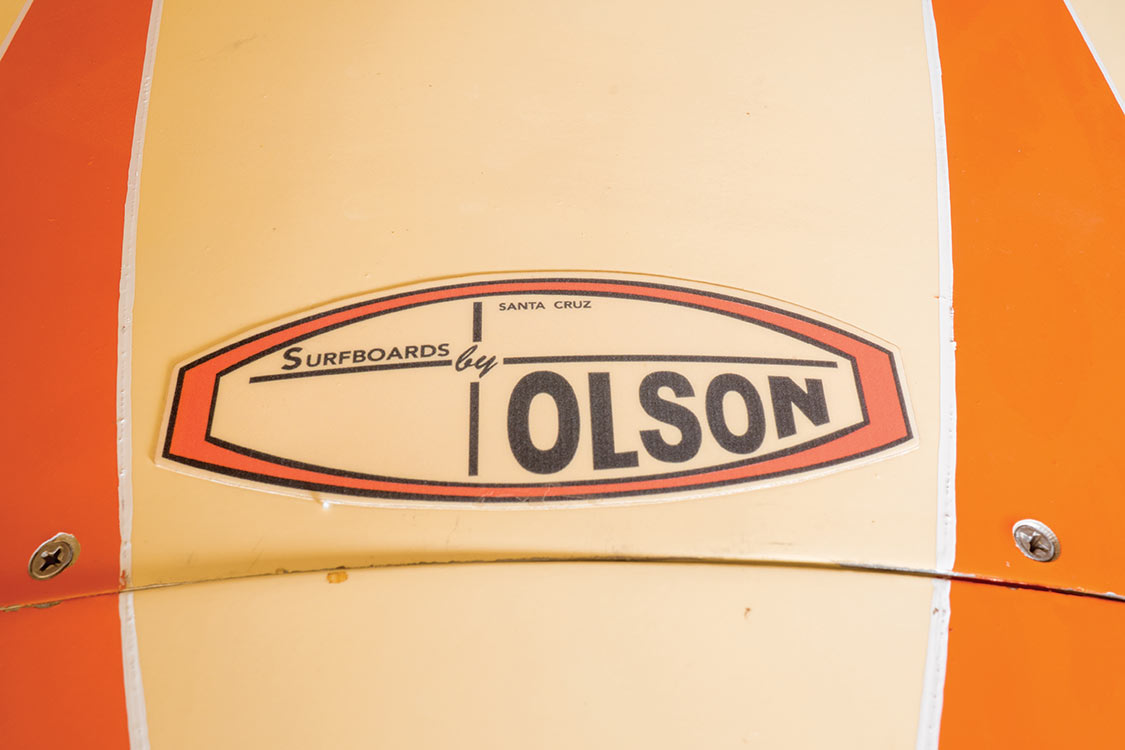
With the lakester ready for racing, Steve set out for the salt in 2008 and ran 160 mph against a 191.417-mph record in the V4/Fuel lakester class. As with any new race car the lakester had teething problems, the motorcycle-sourced ignition system proved not up to the task and oil was sucked into a cylinder, burning a piston. Throughout the following years the lakester’s speed slowly crept up in small increments as Steve learned to tune the exotic four-banger and as he worked the bugs out of the car.
In 2010, Steve decided to go over the engine and approach its tuning scientifically. The cams were sent to the legendary Dema Elgin at Elgin cams for examination on their Cam Doctor machine. Some cleaning up of the lobe profiles promised better output, so the engine was taken to Pro-Machine in Chico, California for a dyno session. Veterans of land speed racing, the crew at Pro-Machine brought their experience of running a 300-mph ’34 Ford roadster to bear on the Model B engine. They discovered that the conventional wisdom of running lots of ignition advance, around 35-36 degrees, for this little Hemi engine was incorrect. Repeated dyno runs yielded 280 hp at 5,500 rpm running only 26 degrees of advance from an engine that in stock form puts out 50 hp.
Steve’s 2011 trip to Bonneville resulted in a 194.75-mph, two-way average run to establish a new record in the V4/Fuel Lakester class. Slight improvements in the off-season saw Steve and his Lakester push that record to 196.56 mph in 2012.
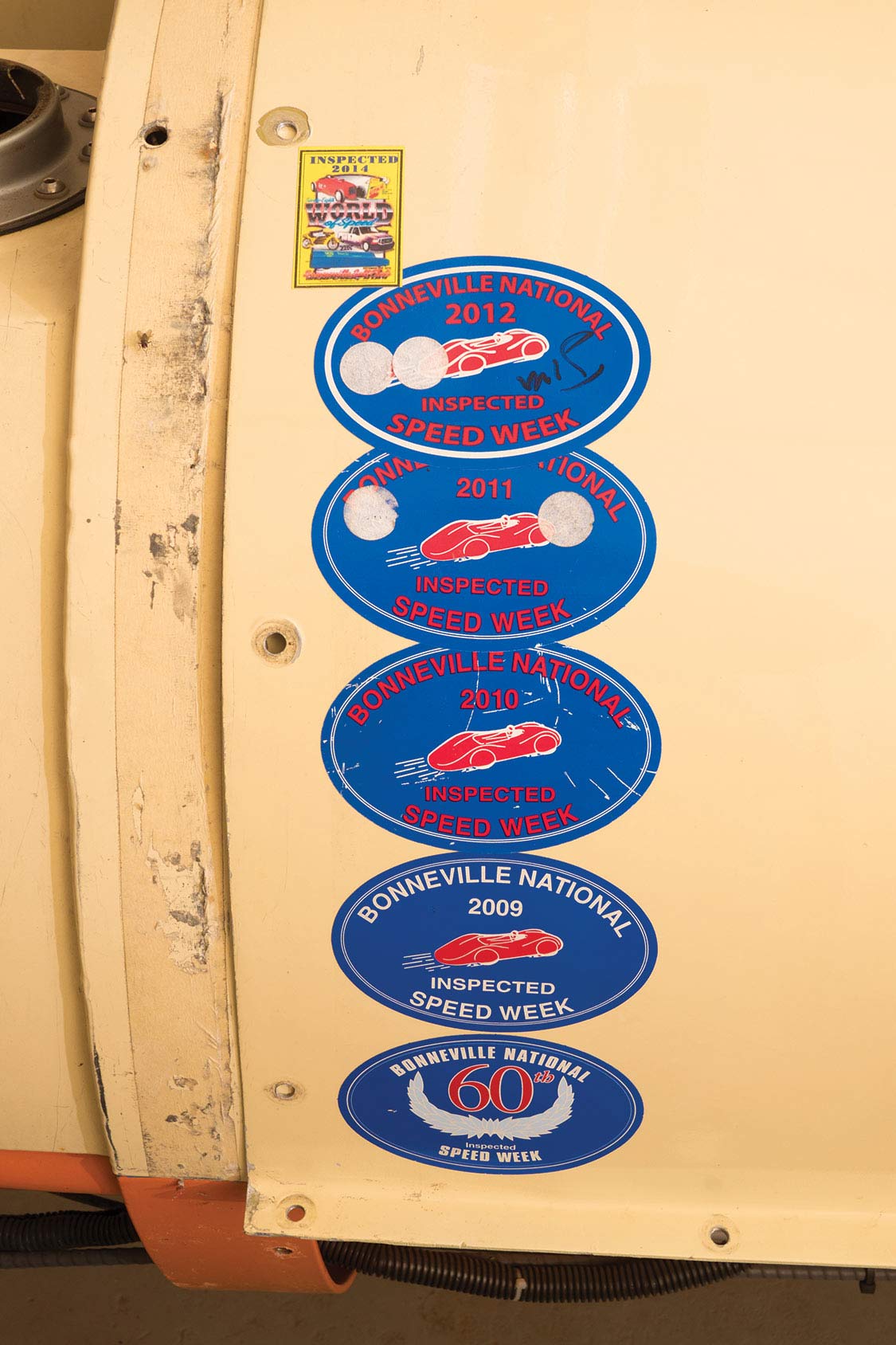
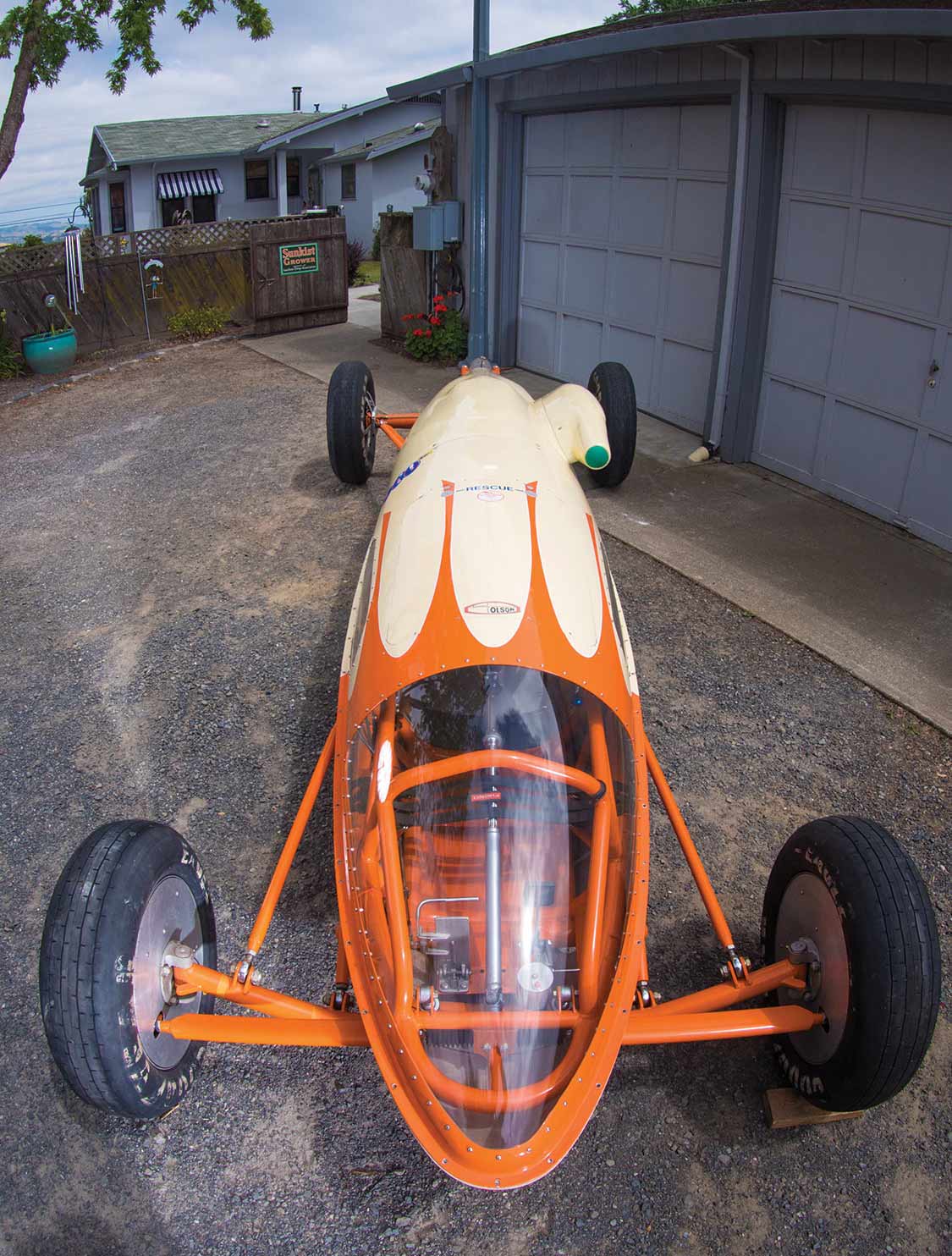
Armed with a retuned power train, Steve’s 2011 trip to Bonneville resulted in a 194.75-mph, two-way average run to establish a new record in the V4/Fuel lakester class. Slight improvements in the off-season saw Steve and his lakester push that record to 196.56 mph in 2012.
Mechanical issues leading up to the 2013 Speedweek and the rain cancellation of the World of Speed and World Finals events left the lakester in the garage for the year, but Steve used the time to good effect. A new twin-disc clutch solved some slippage issues, a new crank fire ignition system replaced the problematic motorcycle unit and the exposed suspension parts received revised aerodynamic treatments.
All of this work culminated in 2014 when Steve pushed his Model B-powered lakester to a record 201.804-mph, two-way average, earning Steve the coveted red hat of the 200 Mile Per Hour Club (lifetime membership and haberdashery reserved for those who set a record faster than 200 mph).
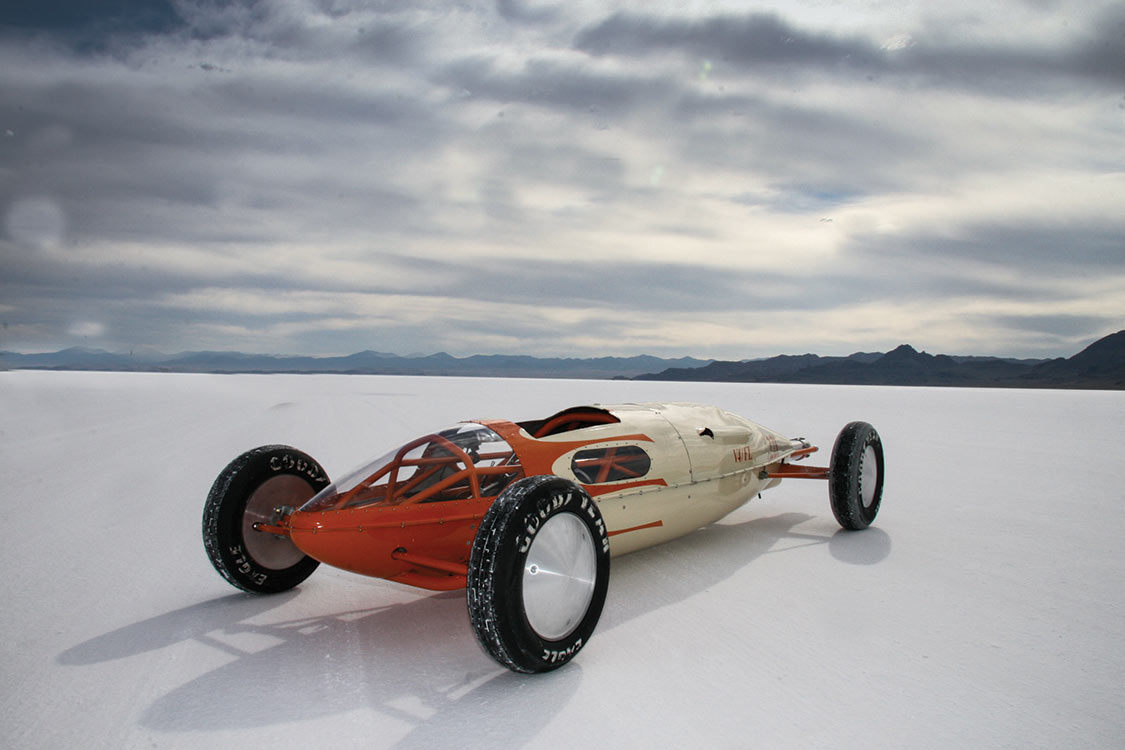
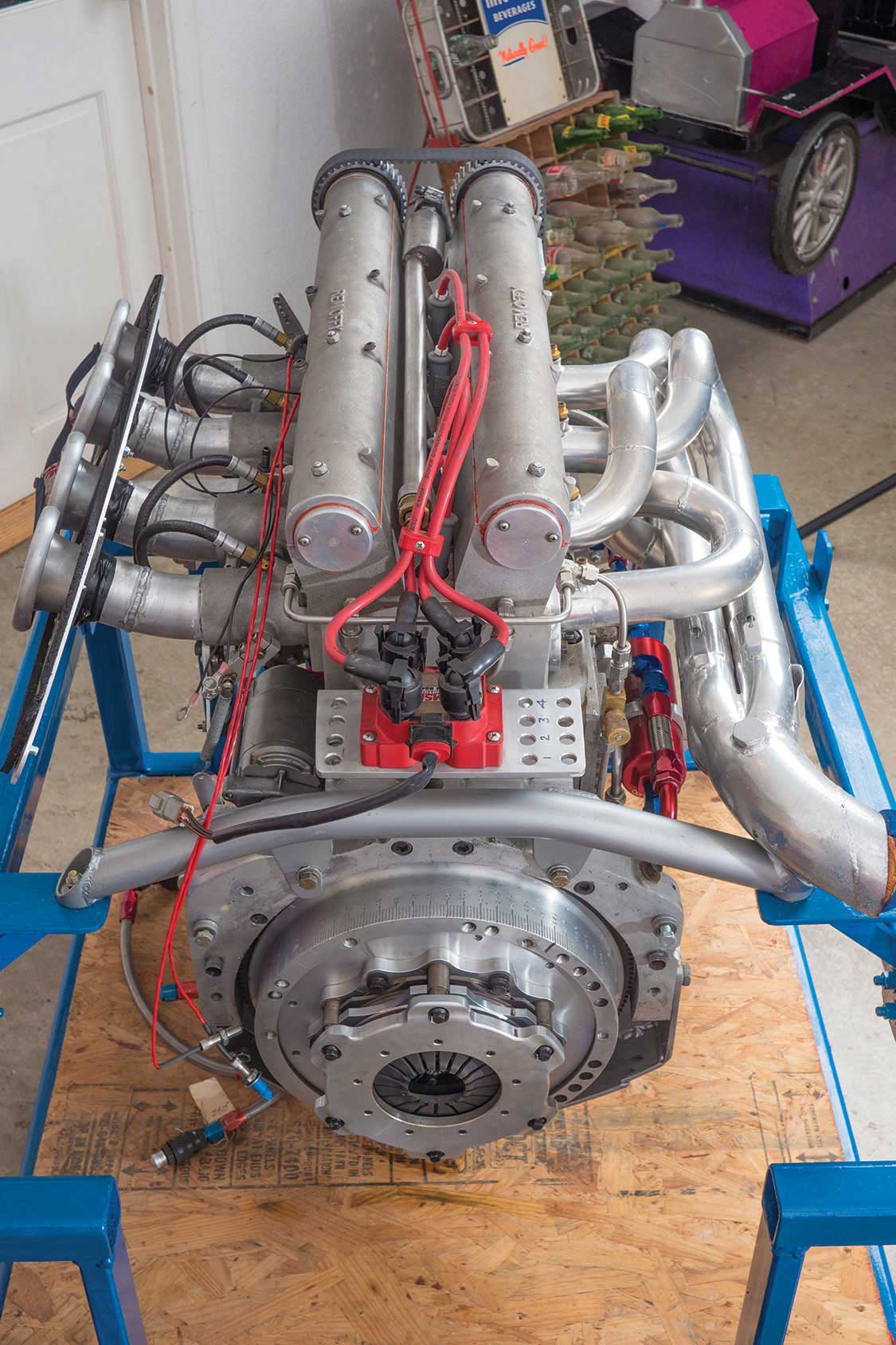

With that milestone reached, Steve remembered a conversation he had with legendary engine builder Nick Arias Jr. a few year prior, while in the pits at Bonneville. Nick took a liking to Steve’s efforts to set records using an exotic engine design and suggested that he had one that would work perfectly in the lakester should Steve ever want to switch classes. A call to the octogenarian confirmed that Nick recalled the conversation and soon a deal was struck to supply Steve with a Nick Arias Jr. Racing Components Max Duty four-cylinder engine.
While not known for its performance, the venerable GM Iron Duke engine has received quite an upgrade at Nick’s hands. The aluminum block is designed with roller cam bearings, beefed-up main bearing caps and can accept the head from a small-block engine from nearly any manufacturer. The 180-ci, 13.5:1 compression mill has the potential to put out 375 hp at 8,500 rpm while burning alcohol, or even more if Steve chooses to switch to nitromethane. If all goes well, those numbers should be sufficient to push the lakester past the existing F/Fuel lakester record of 223.305 mph.
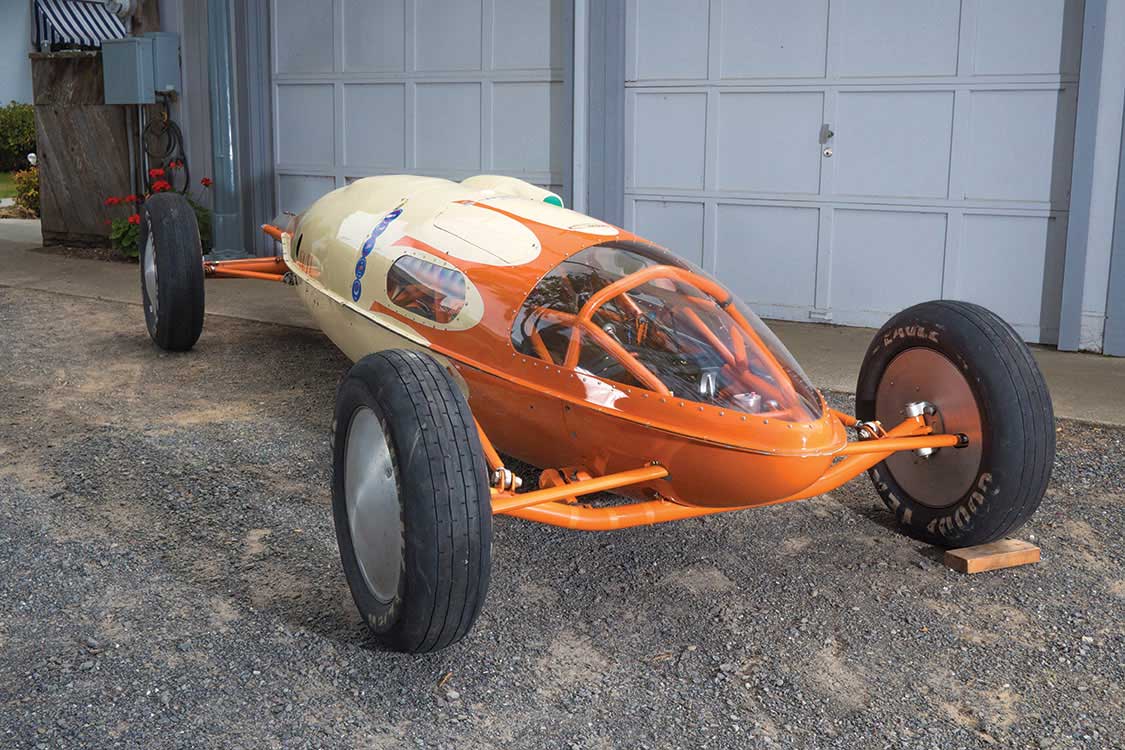
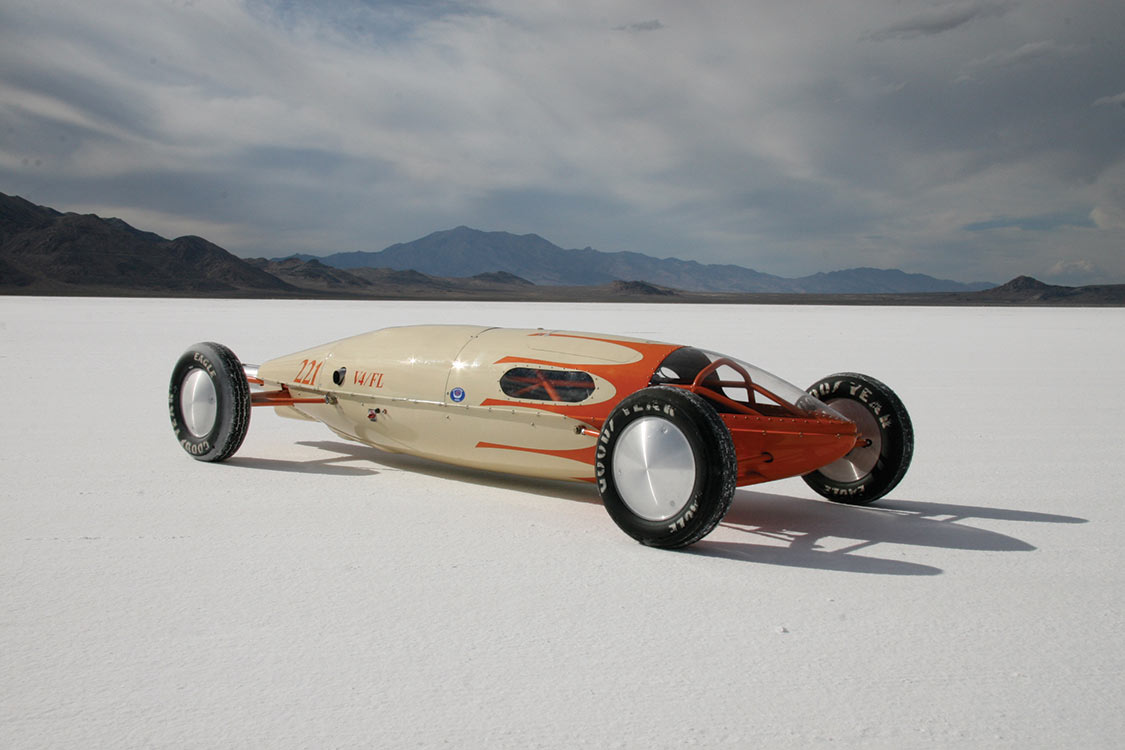
For now the potent new engine sits in a corner of the shop, waiting its final fitting into the chassis. Steve is dedicated to getting it ready for a summer 2015 run at the record. Once he reaches his record-setting goals with this new power plant, he has insinuated he may hang up his helmet. Now in his early 70s, Steve said he’d like to slow down and spend more time with friends. Most notably, the now 90-year-old machinist from Steve’s high school auto parts store job likes to stop by the garage for lunch every now and then.
For now the potent new engine sits in a corner of the shop, waiting its final fitting into the chassis. Steve is dedicated to getting it ready for a summer 2015 run at the record.

